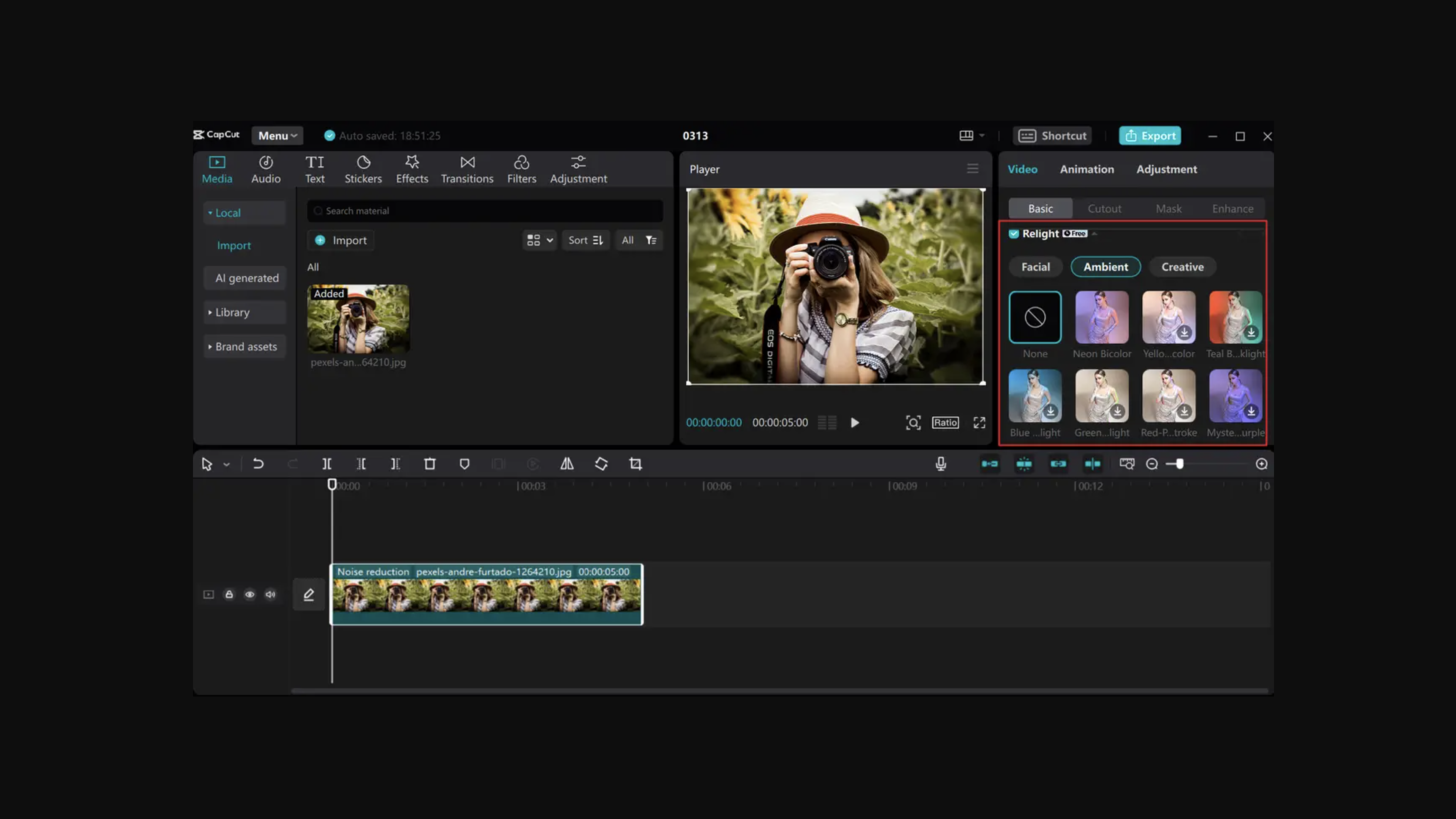As a freelance artist or designer, it’s crucial to know how to take on commissions in the best way you can. Working on a commission for a client can be a tricky matter. However talented you are artistically, a client is also a person, with all the flaws and foibles we humans share. So you need to tread carefully.
This article puts together a series of tips from industry pros, so you'll know the dos and don'ts of taking a commission – helping you to work better with clients and gain repeat and new business.
A sparkling portfolio is the best way to attract new clients so here's some inspiration for your design portfolio. Need to upgrade your design toolkit? These are the best tools for graphic designers and web design tools around right now.
01. Know how to calculate your fee

The first dilemma is how much to charge. That's not always easy, even for a seasoned professional like US-based illustrator Annie Stegg. "Calculating fees is always very difficult," she says. "While I do go by industry standards, I tend to adjust my fee based on how long I think it will take me to complete an image. If there are high-cost materials, that's also factored in. It's about striking a balance."
Others take a similar approach. French illustrator and art editor Olivier Bonhomme says, "I usually calculate my fee on a day rate, but it depends how big the project and client are. I might charge less for a small music band project, for example: it really depends on the context."
02. Take complications into account
Rates aren't always straightforward, either, for Kelsey Beckett, a freelance illustrator and fine artist based in Michigan, US. "My fees are usually calculated based on size, content and medium," she explains. "But sometimes if a client has a vision that is complicated, such as multiple characters, a detailed background or narrative, the price will increase."
03. Communicate well
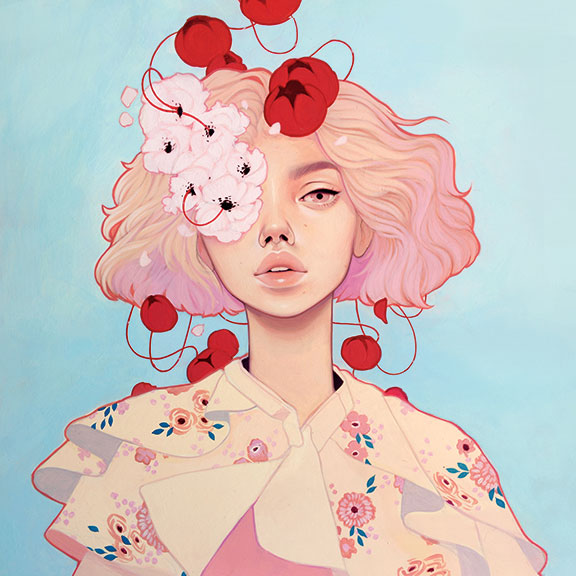
Estimating the time that you're going to spend on a project is challenging, because you also have to take potential revision requests into account. To avoid too many of those, good communication is vital, believes Beckett.
"It's important to be clear from the start," she says. "Let them know about additional fees for revisions, the time it will take to complete a project, and the type of information you need from them." She also recommends writing a contract that outlines exactly how you handle and charge for edits. "You want to make sure that you and your client are on the same page and both feel secure right out of the gate, and a contract is a very easy way to achieve this," Beckett explains.
04. Put in the effort
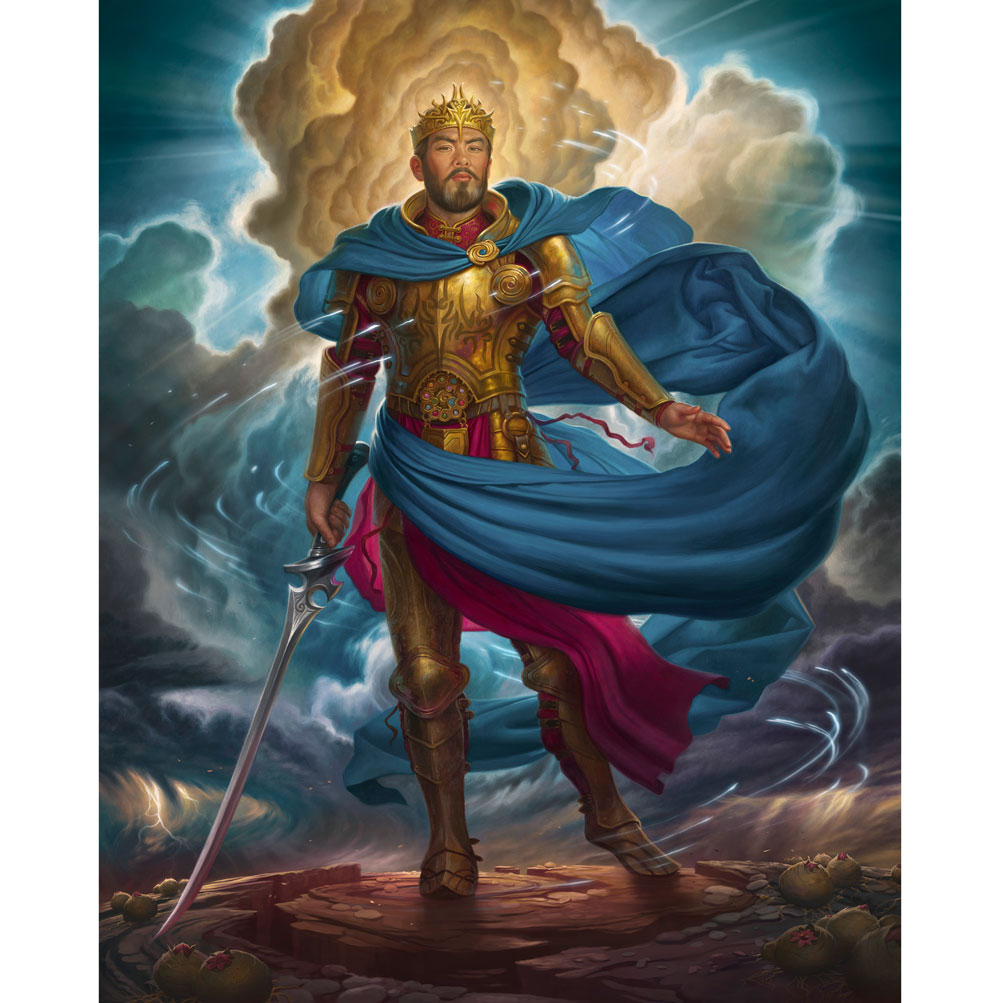
As with any relationship, the artist-client is one that should ideally improve and mature over time. Conversely, when it comes to new clients, it's worth putting a bit of extra effort, says Howard Lyon, a fine artist and illustrator based in Utah, US.
"When I work with a new client, I always cross my fingers with the first job, and hope we share the same vision," he says. "I'll do extra sketches and make them a little tighter, so there are plenty of clear options for the illustration. That eliminates wasting time on miscommunication."
05. Know what to do when things go south
Sometimes, however, relationship breakdown is inevitable, perhaps because the client is acting in bad faith, or because they don't know what they want. "There are scammers out there, and there are also people commissioning artists who don't understand the industry," says Stegg.
"Having a contract is also a great way of avoiding scams before they can do any damage to you," says Beckett. "One piece of advice that I feel isn't discussed enough is to keep your [courier] tracking numbers, which will let you know if a physical painting or drawing has made it to the client."
06. Spot red flags
But whether we're talking about dishonest people or incompetent ones, how do you spot potential bad clients before taking them on? Stegg lists some red flags: "Being unwilling to pay a portion of the overall fee in advance. Being unwilling to pay standard rates. Having extremely specific art direction, where you can tell there will be a million revisions each step of the way. Also, if they tell you they had to fire their previous artist, it likely means the artist fired them."
Beckett adds her own suggestions to the list. "If someone is short with you, leaves you feeling anxious, or isn't cooperative. If you offer someone your contract and they decline to sign. If they refuse to use the payment system you're comfortable with, opting for a cheque or money order." She adds that it's helpful to have a network of artists who can alert you to fraudulent clients they've had in the past.
07. Remember your rights
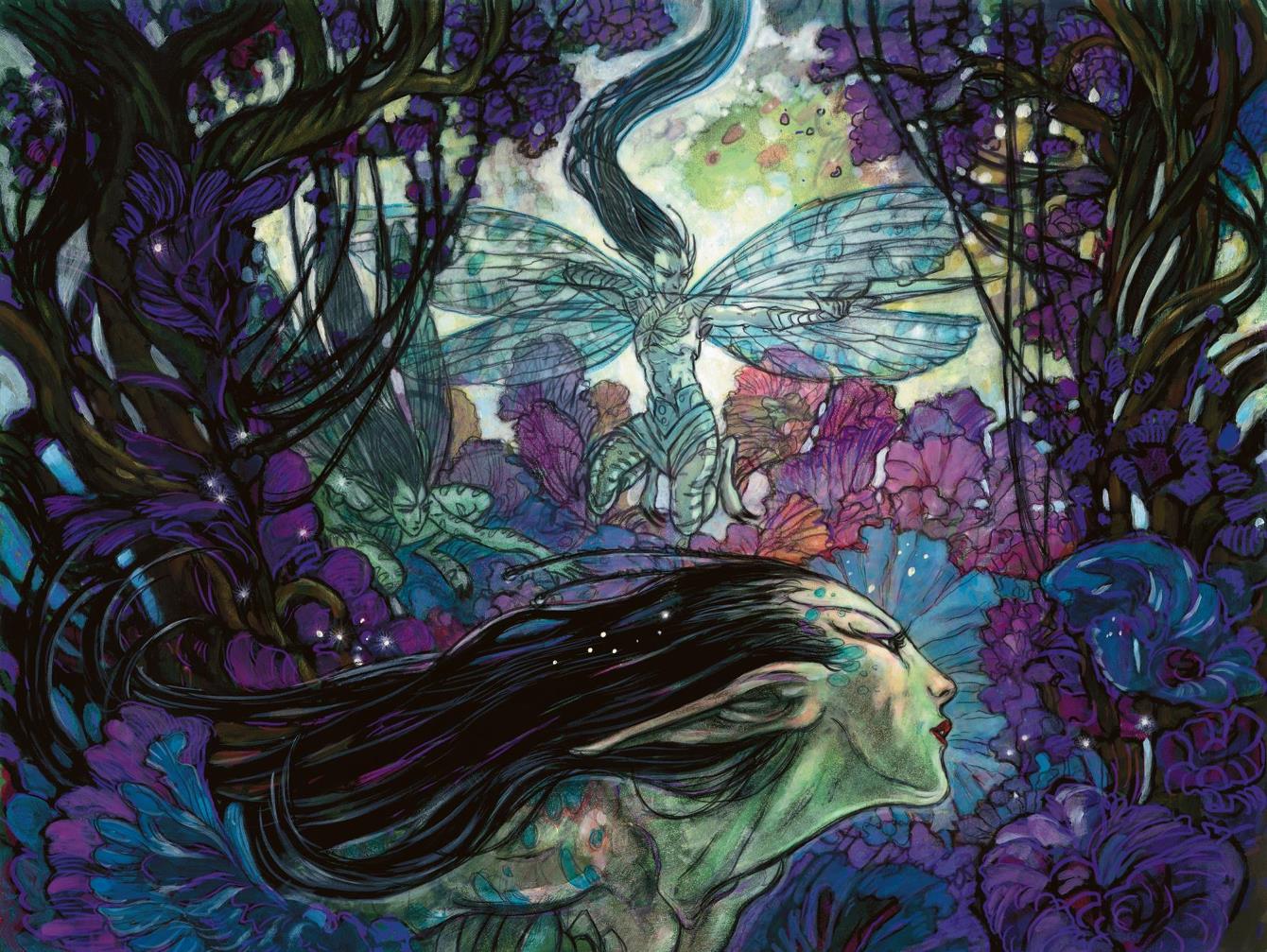
Remember, too, to examine the small print when it comes to rights. "Generally with large companies, you want to maintain as many rights as you can for reprint and reuse," advises Magic: The Gathering artist Rebecca Guay. "Of course, if it's your first job with them, or you're new, you generally have to take what they are offering, then negotiate a better deal later."
Meanwhile, when it comes to payment, Guay says, "Get 20 per cent after sketches are done, 20 per cent after a low-res image is approved, then the balance prior to delivery of the high-res images, or the paintings or drawings if they're traditional, plus a set rate per hour on all edits."
And the best way to negotiate all of this effectively? "Always have your walking shoes on," Guay advises. "If you have the power to walk away from anything, you'll negotiate better. If you're completely new, you don't own walking shoes yet but you will, and when you do, use them."
08. Maintain your passion
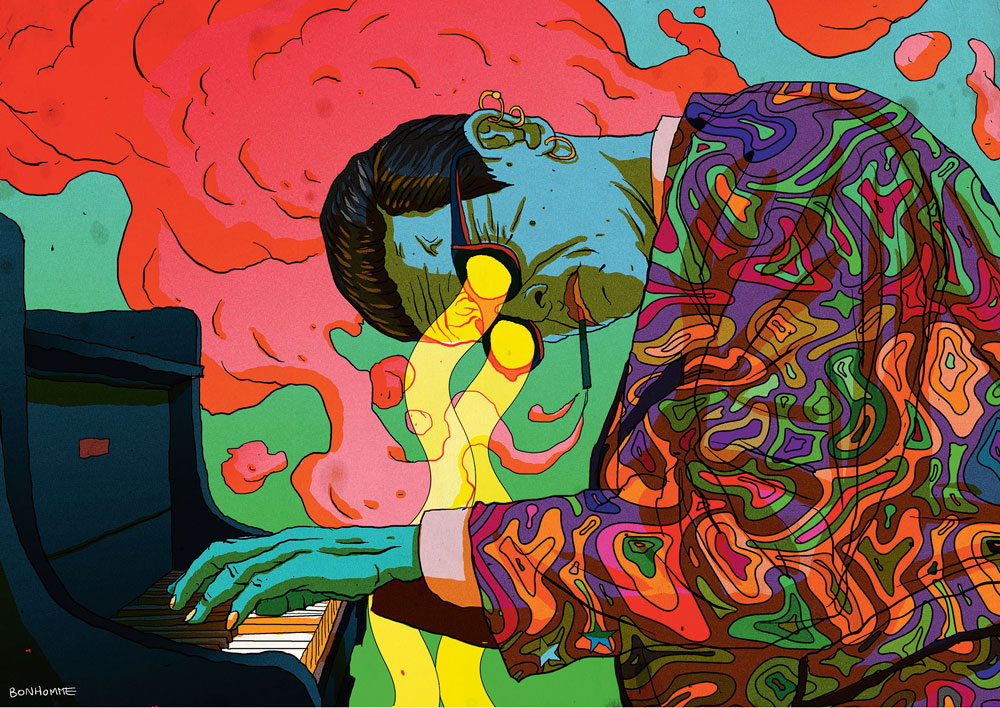
Yet while keeping a cool business head is vital when you accept a commission, don't lose sight of what led you to become an artist in the first place. "I'd say the most important thing is to work with sincerity, even on a small project," says Bonhomme.
"Maintaining passion and being devoted to the work is something that clients can feel, so it really helps things go smoothly. Keep a clear mind, don't ask for cheap breaking-market fees, but be realistic. And last but not least, have fun doing it."
This article was originally published in issue 180 of ImagineFX, the world's best-selling magazine for digital artists. Buy issue 180 or subscribe to ImagineFX.
Read more:

Thank you for reading 5 articles this month* Join now for unlimited access
Enjoy your first month for just £1 / $1 / €1
*Read 5 free articles per month without a subscription

Join now for unlimited access
Try first month for just £1 / $1 / €1
Get the Creative Bloq Newsletter
Daily design news, reviews, how-tos and more, as picked by the editors.

Tom May is an award-winning journalist and editor specialising in design, photography and technology. Author of the Amazon #1 bestseller Great TED Talks: Creativity, published by Pavilion Books, Tom was previously editor of Professional Photography magazine, associate editor at Creative Bloq, and deputy editor at net magazine. Today, he is a regular contributor to Creative Bloq and its sister sites Digital Camera World, T3.com and Tech Radar. He also writes for Creative Boom and works on content marketing projects.
